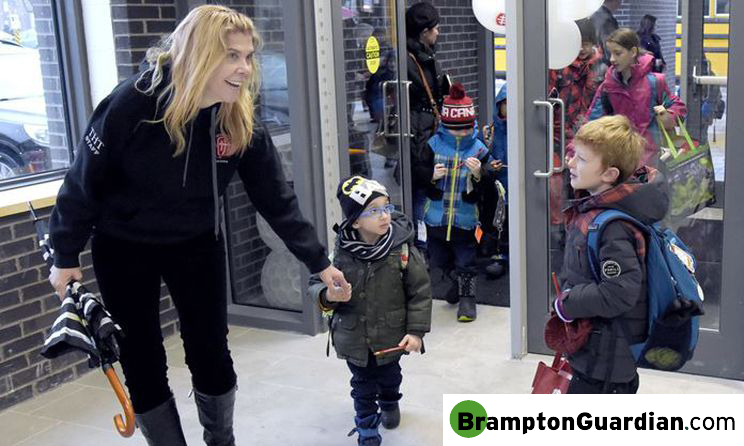Julie Aubé: Online Portfolio
The following online portfolio provides readers with insight into my leadership style including how I empower those around me all the while managing change and building a positive culture that inspires and produces. You can also learn more about my organizational impact over the years, including advocating equity, inclusivity and diversity that I consistently and passionately strive for in everything I do.
I encourage you to also glimpse through the final section that helps explain the root of my work ethic and how growing up in a rural community gives me perspective, passion and dedication to any individual, team or industry that needs attention.
Leading People
“We are better together. We collaborate across all parts of the organization and empower everyone to contribute.”
Everyone has a talent. My talent is discovering people’s greatest strengths and identifying their vulnerable side. What comes next, depends on each individual’s strengths, needs and what the organization requires to grow. Watch Raminta as she discusses my impact on team members.
I have had tremendous success managing in unionized environments and am proud to not have had any grievances over my tenure. My approach is to open people’s minds to recognize their value to the greater good of the organization. Once people feel not only valued, but believe in their own worth, they thrive. I look forward to having the opportunity to support people’s personal growth that will in turn support the growth of your organization.
“We embrace change. We are curious and creative problem-solvers who actively seek out new ideas.”
At my request, I became the first Principal in the school board to take on the management of two schools simultaneously. The challenge was to replace two school buildings with one, amalgamating the visions and practices of two very different schools, including parent councils, staff and two competitive student bodies. Rather than wait until the schools were brought together under one roof, I requested that both schools be brought under my leadership for the year leading up to the opening.
I recognized an opportunity, a very rare opportunity. There was no template, no prior steps and definitely no handbook. Knowing that I was given the task of closing two schools, and merging the same schools that were not in sync into a new one was weighing heavily on my mind. I needed to think about the outcome before I started my action plan. What I wanted was a cohesive, excited group of students, staff and parents.
In previous similar situations, the school board expected principals to figure it out. Ultimately work in silos with some relationship building occurring until opening day. I was not prepared to let that happen and luckily I had the support of my senior management that allowed me to offer the suggestion of taking on two schools. This had never been done before, however, now looking back, my proactive approach an example of when given an opportunity, one can simply expect the outcome to unravel, or one can seize it and ultimately make change.
“We thrive with diverse voices. We value individual differences and are committed to building an inclusive culture.”
How do I build culture?
- I’m authentic. Effective leaders admit our mistakes and laugh at our vulnerability. I’ve been told repeatedly how much people appreciate how real I am. I intentionally do this so that people who work with me can feel comfortable
- I motivate with clarity and joy and I stay attentive to my team members. I remember small yet important personal details that make people feel appreciated and seen.
- I work right beside my team while maintaining necessary boundaries that allow me to provide direction as a leader.
- I remain calm. My motto is “Everyone cries when Oprah cries, so don’t react”. As difficult as it may be, a team needs to look up to their leader during a crisis and feel reassurance.
- Encourage enthusiasm and a fun, happy workplace. I strive to ensure that everyone feels a sense of belonging, contribution and accomplishment.
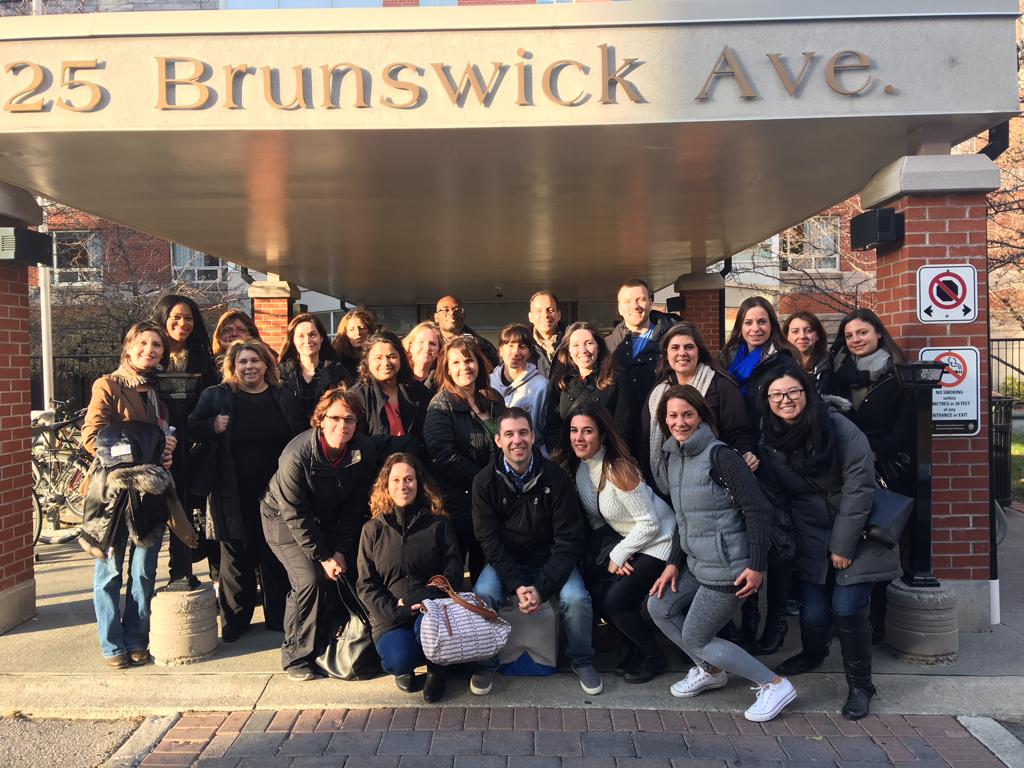
One effective way to build culture is to also find a goal for the common good in society. People come together when they know they are a vulnerable group of people and they share that personal growth with the group as a whole. Some of the most powerful events that I organized are;
Organizing, prepping, cooking and cleaning for the Ronald McDonald’s House for parents and families of children who were hospitalized at Sick Kids. The other one was spending a day with a Senior during which we visited Kensington Place and we gave manicures to the female residents, played games and socialized with the residents.
Leading the Organization
“We value bold thinking. We encourage calculated risks in an open environment built on learning and growth.”
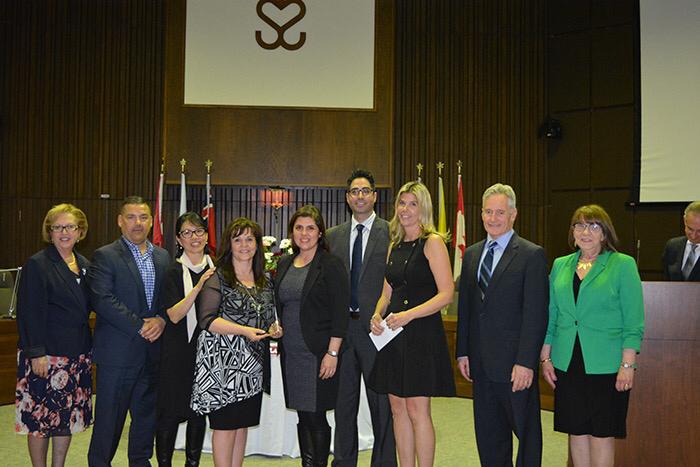
In order to build effective partnerships, strong leadership is required to take it from an idea to a reality which results in mutual success for all parties involved. When I see an opportunity, or an area of need that I cannot overcome alone, I look to possible external opportunities. These are just a few examples:
Funding Partnerships:
Went outside the traditional sponsorship route and partnered with a high tech software company to support students in the community who could not afford computers. We refurbished over 200 laptops and put them in the hands of students who needed them. I was also able to access close to $75,000 in furniture from an office space that was being restructured. I hired moving trucks and loaded it up with a small team of colleagues.
Jobs/Tutoring Partnership Program:
First of its kind in the TCDSB and a model for future programs, implemented a Secondary School and Elementary School Tutoring Program that won a TCDSB Exemplary Practice Award. We created a jobs program that allowed Secondary School students to develop their skills and for many, to have their first paying job. It provided parents with a cost-efficient and easy option to support their children’s academic growth.
Humber College Partnership:
Created a Child Youth Worker and Social Worker program that allowed college students to conveniently complete their placements within a school setting. This provided us with additional hands for classes who could benefit from additional support. At one point, we had 15 students completing their placements.
We have been effective in creating an equitable and inclusive environment by sharing our stories. We can learn so much about each other and have a much better understanding of our background, beliefs, and challenges if we communicate them to generate an appreciation.
I had the opportunity to lead a Board-Wide Professional Development for over 200 teachers and principal on Inclusive Education and using an equity lens in planning, delivering and implementation of curriculum. In addition, I was the lead organizer in a community carousel that connected community resources to marginalized families.
Over the last decade, I have been committed to finding solutions to fund the organization to get students what they need. I struggled with the inequities that existed from school to school. . I single-handedly organized a 144-person golf tournament that raised $40,000 for the new school without board or parental support.

In addition to my education/public sector experience, I have had the opportunity to support and experience the private sector. I supported and learned through my partner’s 24-year term during which he was part of a company that went from 0$ in revenue to a multi-billion dollar in evaluation. I have witnessed the highs and lows, but also have gained knowledge in organizational structures that are beyond what the public sector experiences. In addition, my professional development and learning through my IRC Queen’s Certification is providing me with the opportunity to understand financial and operational structures of various organizations.
Leading Myself
“We honour our commitments. We lead by example and act with integrity and accountability to deliver what we promise.”
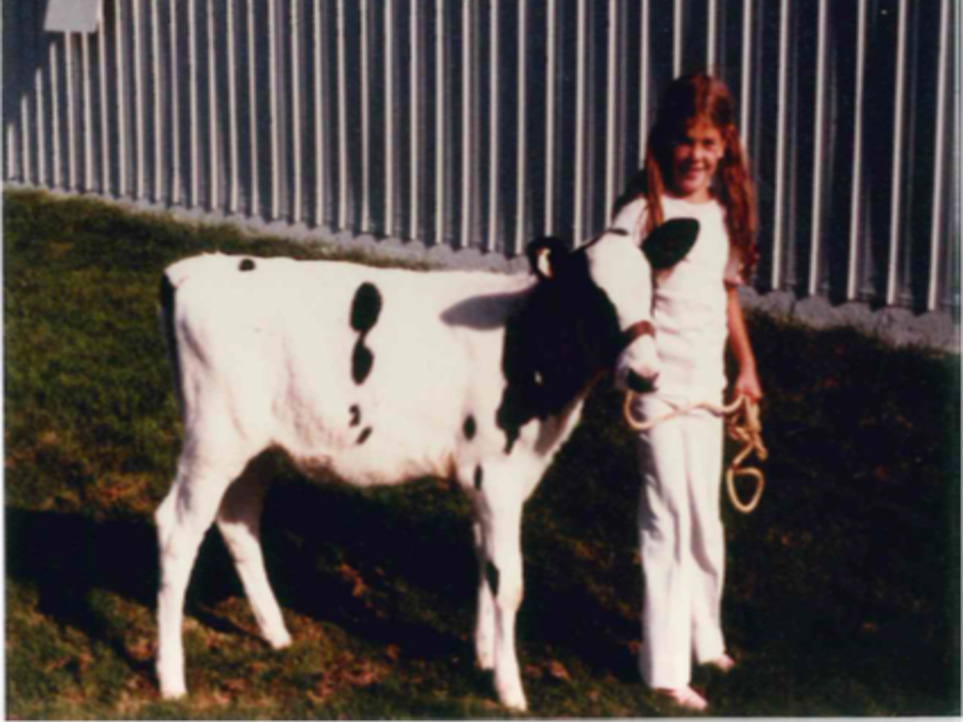
Maybe you’ve seen the Dairy Farmer commercials about the reality of family farms and how they all contribute to the operation. This was my childhood. It was my first experience of the importance of being committed for the greater good. It is also the reason behind my work ethic. This is where I learned that free time was rare as there was always something that could be accomplished. My experience provides me with a first-hand understanding of the realities for people in rural areas with regards to accessibility, equity and the preconceptions that occur.
After graduating from l’Ecole Regionale Secondaire de Glengarry, I continued my education at Nipissing University because I was attracted to the smaller university and the beautiful landscape that Northern Ontario had to offer. I graduated and was selected as Valedictorian of the Class of 2000 by faculty and students. Once I completed my first year teaching with the TCDSB, I immediately applied for my Masters of Education which I completed from Ontario Institute of Studies in Education (OISE) in 2005.
I am a Mom to two wonderful teenagers. One has overcome many learning challenges which has made me an advocate for our diverse learners, and strategic in how we deliver curriculum to meet their needs.
My children have attended multiple school boards which has given me knowledge of the differences between private, public and Catholic school boards.
I am an outdoor enthusiast. Outside is my happy place. Whether skiing, biking or hiking, it brings me the peace I need to handle the demands of work and life, but it also allows me to reflect on my work and conceptualize new and innovative ideas.


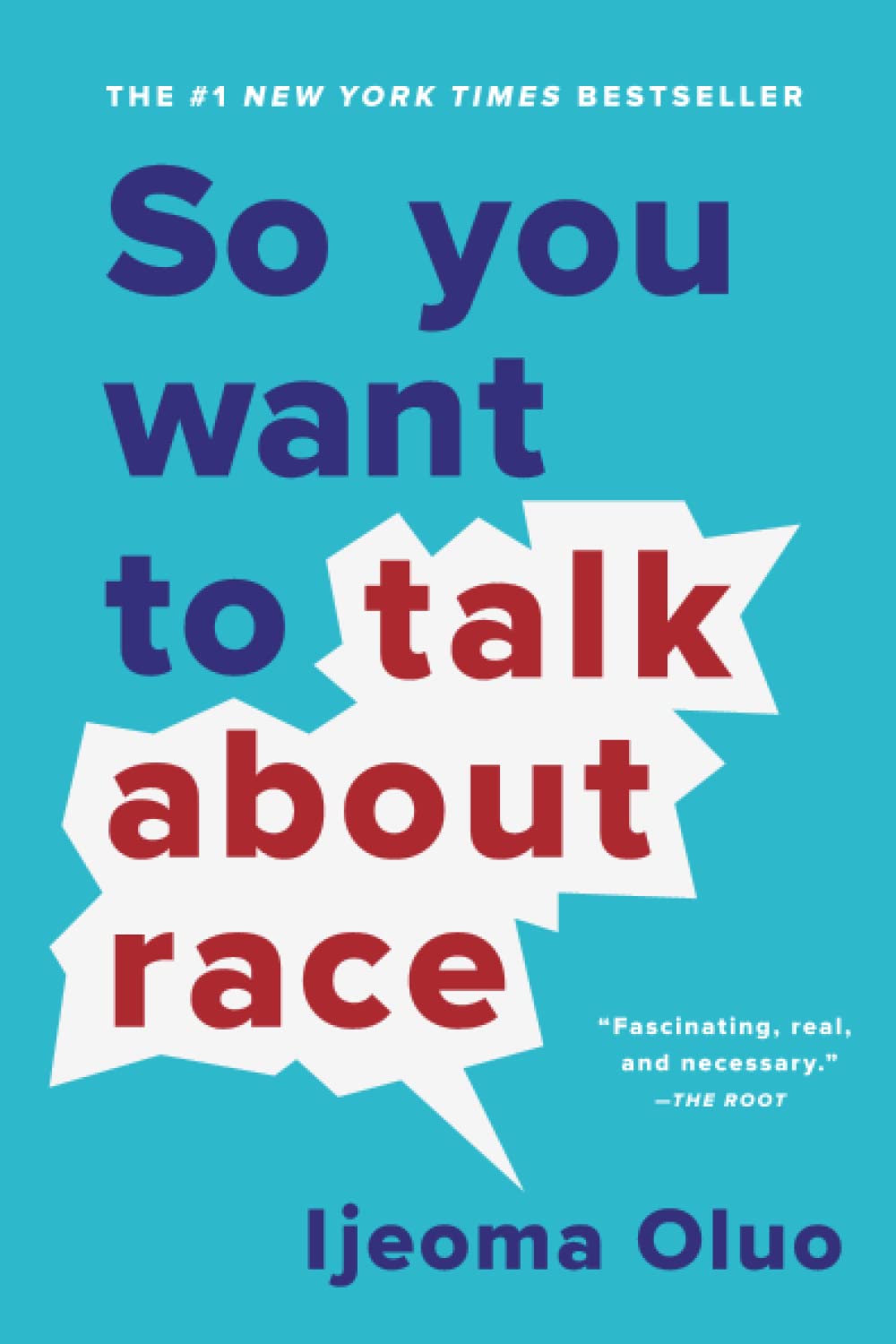
So You Want to Talk About Race by Ijeoma Oluo is a book that I am currently reading as I am participating in a new Book Club initiative between 5 schools Principals and Parents. The goal is to recognize our own biases, and use an equity lens in our structure, planning and organization.
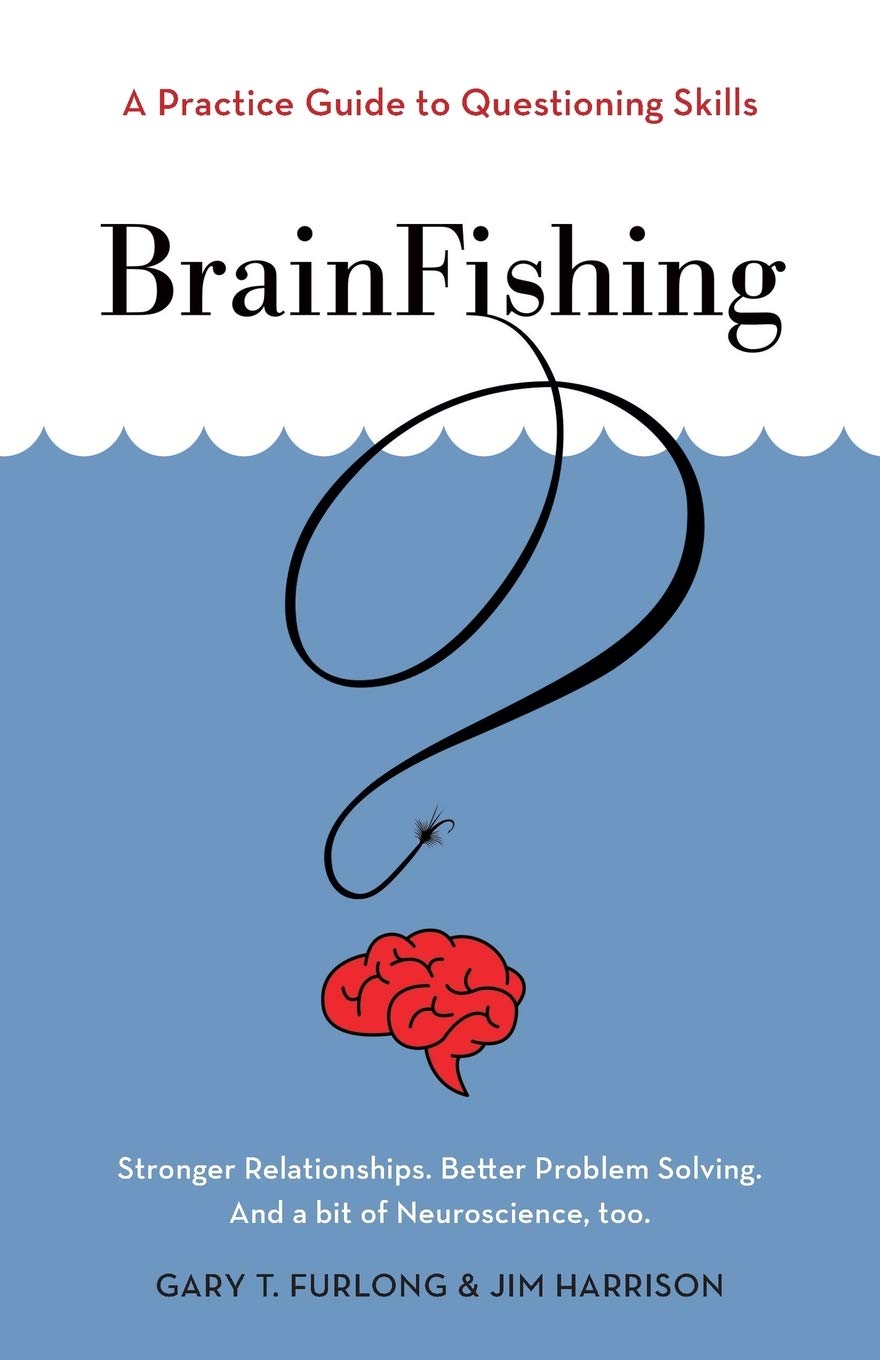
Brain Fishing is a book written by Gary Furlong who is also an instructor with the Queen’s IRC Course and a Chartered Mediator. I’m finding this book to be a practical resource that helps me with strategic questioning and overall communicating with all my stakeholders.
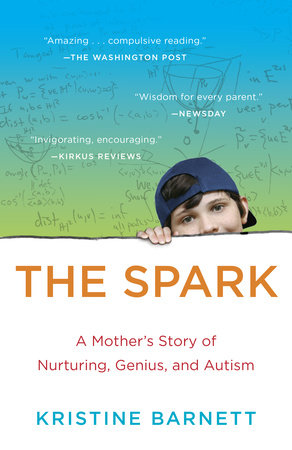
I am excited to start The Spark, by Kristine Barnett which is a story about a mother’s joy and struggles with her Autistic son.
